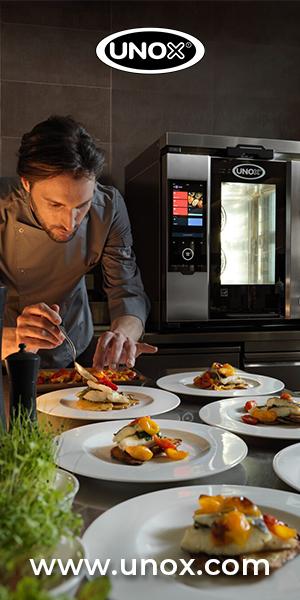Australia’s independent foodservice operators are grappling with inflation rates far exceeding the broader economy, according to new data from the FoodByUs Index that tracks real-time purchasing decisions across thousands of restaurants, cafes, pubs, and catering operations.
The comprehensive End of Financial Year report reveals foodservice inflation reached 7.77% for the FY25, a significant increase from the 2.79% recorded in FY24.
While still below the peak of 18.09% seen in FY21, the latest figure represents a sharp acceleration from the relatively modest inflation of recent years.
Alcohol costs led the surge with a staggering 44% increase since January, driven by rising excise taxes that adjust automatically twice yearly with CPI indexation. Australia now has the third-highest spirit taxes in the world.
Licensed venues have absorbed $5,400 in additional annual costs per outlet due to alcohol price increases. The government has announced a two-year freeze on draught beer excise, recognising the pressure on hospitality businesses—though this relief excludes spirits and packaged beer.
Baked goods operations under pressure
Bakeries and pastry-heavy venues faced particularly challenging conditions, with baked goods inflation reaching 12.2%. The category experienced significant cost pressures in multiple areas, with butter surging 20% in the final month alone, while flour rose 25% and eggs climbed 44% over the full financial year.
Energy costs increased 50% over three years, compounded by sugar prices rising 46% and cocoa spiking 200%. Energy-intensive operations like bakeries and pastry-heavy venues faced operational costs that many couldn’t absorb, forcing widespread menu redesigns and supplier renegotiations.
Protein provides some relief
In contrast to other categories, meat and poultry showed relative stability at 2.6% inflation, bucking the inflation trend thanks to enhanced processing capacity and strong export demand. As the centre of the plate, stable meat pricing provides crucial cost relief for venues where protein drives menu pricing and customer satisfaction.
The report notes that protein-focused menus maintain cost competitiveness. At the same time, pastry and alcohol-heavy operations may require adjustments to their business models to preserve margins in Australia’s challenging cost environment.
Category breakdown reveals disparities
The whole foodservice category inflation breakdown shows:
- Alcohol: +44%
- Baked Goods: +12.2%
- Dairy & Eggs: +8.1%
- Fruit & Veg: +4.9%
- Seafood: +3.0%
- Meat & Poultry: +2.6%
- Pantry: +0.7%
Individual ingredient stories
Olive oil surged 35.2% this financial year, rising for the second consecutive year: up 16% from FY23 and 32% from FY24. Prices increased from an average of $8.50 per litre to $15 per litre. The price surge is due to severe drought and extreme heat in Spain, which produces nearly half the world’s supply, halving production for two consecutive years and creating a global supply crisis.
The report’s analysis of avocado on toast shows how ingredient costs can fluctuate rapidly. The ingredient costs peaked in February at $5.33 but fell considerably to $3.85 at the end of June. The cost of avocados influenced this movement, with other ingredients like sourdough and butter remaining relatively stable.
Pub sector adaptation
Australian pubs are spending 10% less on ingredients due to what the report describes as a perfect storm of rising labour costs (7.25% wage increases over two years), reduced consumer spending (29% drop in dining expenditure), and strategic menu simplification to survive in the industry’s most challenging operating environment in decades.
Market intelligence approach
The factors driving price increases include weather disruptions affecting growing regions, fluctuations in transport and energy costs, supply chain bottlenecks, and labour shortages in production and logistics.
For most venues, food costs represent 28-35% of revenue. Even modest ingredient price increases compound quickly when ordering by the case, not the kilo. The FBU Index tracks these wholesale price movements as they happen, giving operators early visibility into cost pressures before they hit monthly supplier invoices.
The report emphasises that this data captures what’s happening in kitchens, supplier warehouses, and restaurant cash flows in real time. When chicken prices spike or avocado costs surge, operators know immediately, not when the next quarterly report is released.
The venues in the network represent the backbone of Australian hospitality—operators who can’t absorb cost shocks through corporate purchasing power or financial hedging strategies. Their purchasing patterns reveal market realities that aggregate industry data often obscures.
Built from daily purchasing decisions across Australia’s independent restaurants, cafes, pubs, and catering operations, the FBU Index processes over 20,000 carts monthly through a network of 3,000 suppliers, providing what the company calls “real-time intelligence from the coalface of Australia’s $65 billion foodservice industry.”
You can sign up for these updates at https://www.foodbyus.com.au/







